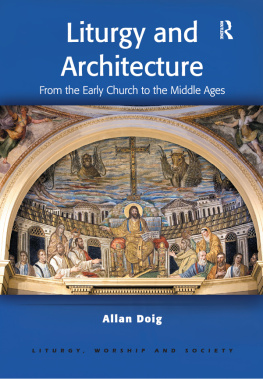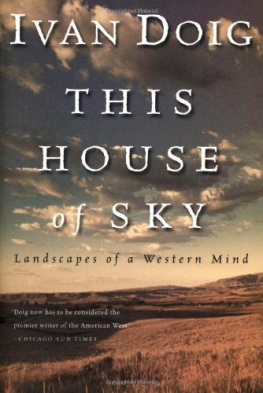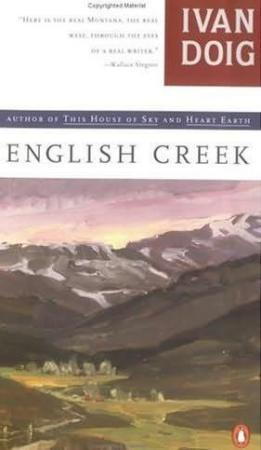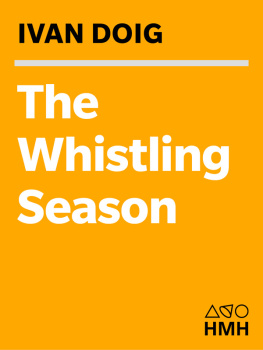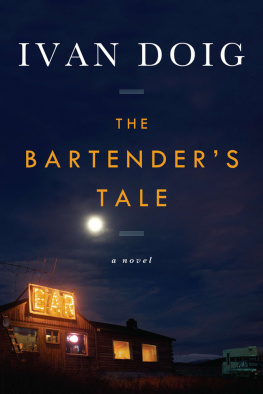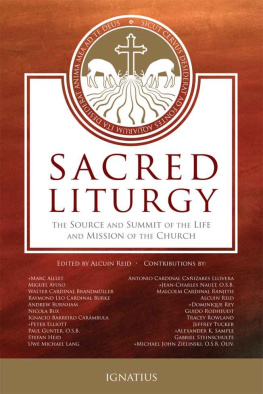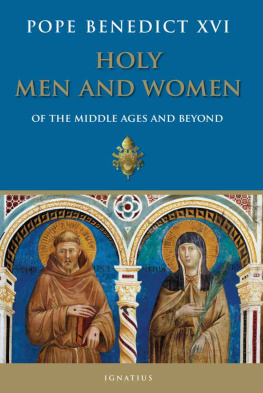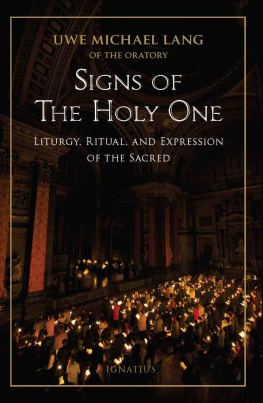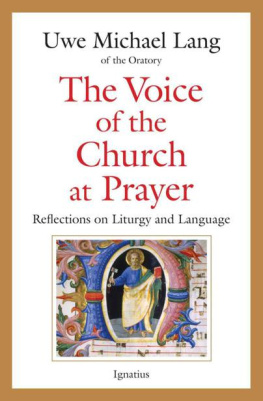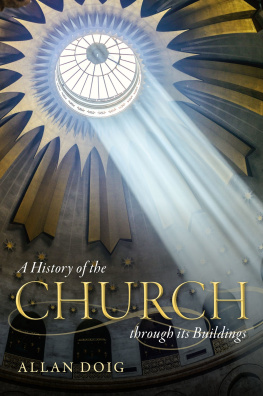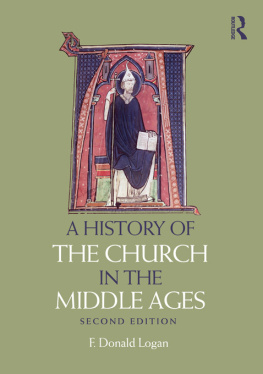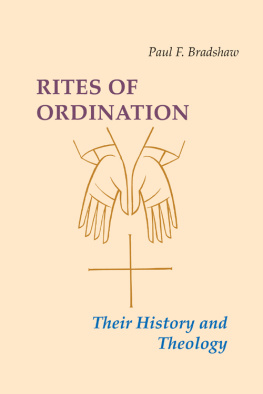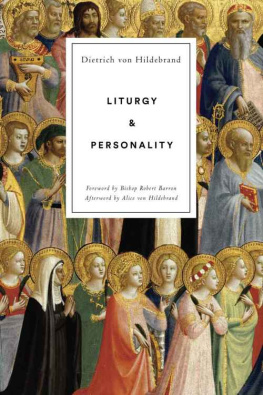Doig - Liturgy and architecture : from the early church to the Middle Ages
Here you can read online Doig - Liturgy and architecture : from the early church to the Middle Ages full text of the book (entire story) in english for free. Download pdf and epub, get meaning, cover and reviews about this ebook. City: London, year: 2016, publisher: Routledge, genre: Religion. Description of the work, (preface) as well as reviews are available. Best literature library LitArk.com created for fans of good reading and offers a wide selection of genres:
Romance novel
Science fiction
Adventure
Detective
Science
History
Home and family
Prose
Art
Politics
Computer
Non-fiction
Religion
Business
Children
Humor
Choose a favorite category and find really read worthwhile books. Enjoy immersion in the world of imagination, feel the emotions of the characters or learn something new for yourself, make an fascinating discovery.
Liturgy and architecture : from the early church to the Middle Ages: summary, description and annotation
We offer to read an annotation, description, summary or preface (depends on what the author of the book "Liturgy and architecture : from the early church to the Middle Ages" wrote himself). If you haven't found the necessary information about the book — write in the comments, we will try to find it.
Doig: author's other books
Who wrote Liturgy and architecture : from the early church to the Middle Ages? Find out the surname, the name of the author of the book and a list of all author's works by series.
Liturgy and architecture : from the early church to the Middle Ages — read online for free the complete book (whole text) full work
Below is the text of the book, divided by pages. System saving the place of the last page read, allows you to conveniently read the book "Liturgy and architecture : from the early church to the Middle Ages" online for free, without having to search again every time where you left off. Put a bookmark, and you can go to the page where you finished reading at any time.
Font size:
Interval:
Bookmark:

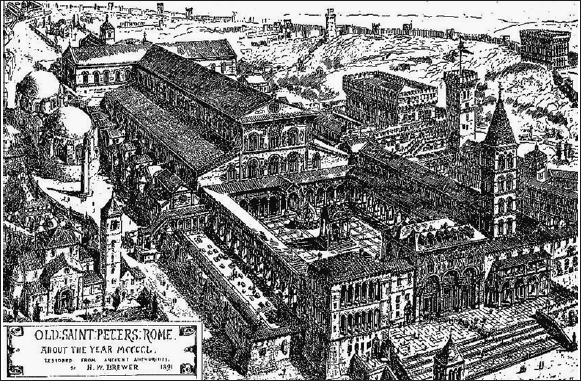
So frequently church buildings are treated as beautiful objects without appreciating why they vary from place to place and century to century, or how they were meant to function in the worship of God. Allan Doig is a sure guide to the drama of Christian liturgy and the ways in which it has shaped the spaces in which it is performed.
Diarmaid MacCulloch, University of Oxford, UK
The most important influences on the form of a building include functions, architectural traditions and innovations, availability of materials, and money. In the case of churches one of the chief functions is housing the liturgy, a subject which, to say the least, is difficult to pin down. Allan Doigs book performs the sterling service of synthesising and analysing great swathes of the disparate research on the subject, producing a clear overview of how the Christian liturgy interacts with architecture from the first century to the sixteenth. It will be greatly welcomed by architectural historians.
Eric Fernie, Courtauld Institute of Art, UK
This is a panoramic survey of Christian church architecture as viewed through the lens of liturgy. It commands both of these complex fields with ease and with welcome attention to political history as well. I know nothing of comparable range and readability.
Richard Pfaff, University of North Carolina, USA
In this book Allan Doig explores the interrelationship of liturgy and architecture from the Early Church to the close of the Middle Ages, taking into account social, economic, technical, theological and artistic factors. These are crucial to a proper understanding of ecclesiastical architecture of all periods, and together their study illuminates the study of liturgy. Buildings and their archaeology are standing indices of human activity, and the whole matrix of meaning they present is highly revealing of the larger meaning of ritual performance within, and movement through, their space. The excavation of the mid-third-century church at Dura Europos in the Syrian desert, the grandeur of Constantines Imperial basilicas, the influence of the great pilgrimage sites, and the marvels of soaring Gothic cathedrals, all come alive in a new way when the space is animated by the liturgy for which they were built. Reviewing the most recent research in the area, and moving the debate forward, this study will be useful to liturgists, clergy, theologians, art and architectural historians, and those interested in the conservation of ecclesiastical structures built for the liturgy.
The Revd Dr Allan Doig is Fellow, Chaplain and Tutor for Graduates at Lady Margaret Hall, and a member of the Faculty of Theology in the University of Oxford.
LITURGY AND ARCHITECTURE
SERIES EDITORS
Dave Leal, Brasenose College, Oxford, UK
Bryan Spinks, Yale Divinity School, USA
Paul Bradshaw, University of Notre Dame, UK and USA
Gregory Woolfenden, St Marys Orthodox Church, USA
Phillip Tovey Ripon College Cuddesdon, UK
The Ashgate Liturgy, Worship and Society series forms an important new library on liturgical theory at a time of great change in the liturgy and much debate concerning traditional and new forms of worship, suitability and use of places of worship, and wider issues concerning interaction of liturgy, worship and contemporary society. Offering a thorough grounding in the historical and theological foundations of liturgy, this series explores and challenges many key issues of worship and liturgical theology, currently in hot debate within academe and within Christian churches worldwide - issues central to the future of the liturgy, to public and private worship, and set to make a significant impact on changing patterns of worship and the place of the church in contemporary society.
Other titles in the series:
Liturgical Space
Christian Worship and Church Buildings in Western Europe 15002000
Nigel Yates
The Baptismal Liturgy of Jerusalem
Fourth- and Fifth-Century Evidence from Palestine, Syria and Egypt
Juliette Day
First Communion
Ritual, Church and Popular Religious Identity
Peter McGrail
Early and Medieval Rituals and Theologies of Baptism
From the New Testament to the Council of Trent
Bryan D. Spinks
Reformation and Modern Rituals and Theologies of Baptism
From Luther to Contemporary Practices
Bryan D. Spinks
Towards Liturgies that Reconcile
Race and Ritual among African-American and European-American Protestants
Scott Haldeman
ALLAN DOIG
Lady Margaret Hall, Oxford, UK

For Belinda, John, Jamie, and Nick
The Plates are located between .
Font size:
Interval:
Bookmark:
Similar books «Liturgy and architecture : from the early church to the Middle Ages»
Look at similar books to Liturgy and architecture : from the early church to the Middle Ages. We have selected literature similar in name and meaning in the hope of providing readers with more options to find new, interesting, not yet read works.
Discussion, reviews of the book Liturgy and architecture : from the early church to the Middle Ages and just readers' own opinions. Leave your comments, write what you think about the work, its meaning or the main characters. Specify what exactly you liked and what you didn't like, and why you think so.

